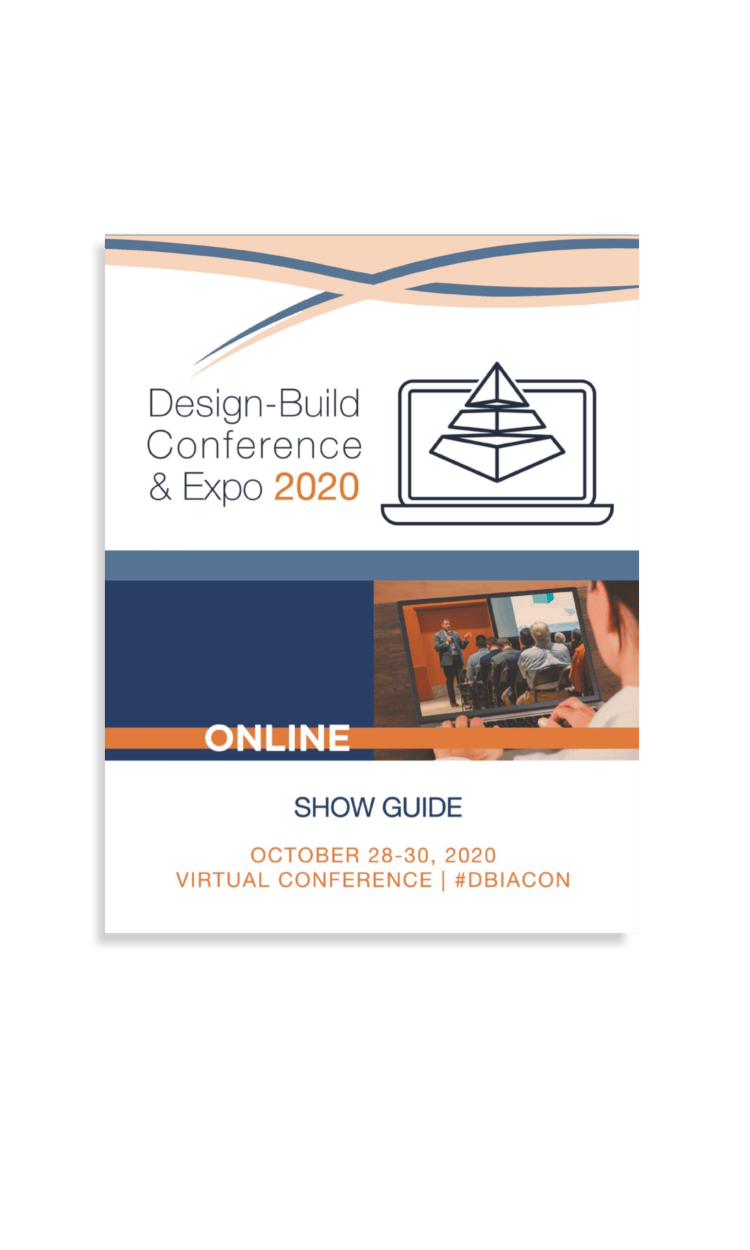Integrated Design-Build is a departure from standard practice. As the team adjusts to operating within a new process, don’t underestimate the power of soft skills! Leverage teamwork, communication and flexibility as you navigate the transition. Not only will this create a more positive experience for all involved, but it will establish an essential element among your team: trust. Design-build demands that members respond to skepticism, tackle different conversations, and make decisions relatively quickly. At each crossroad, trust will serve the team well.
On especially large projects, there can be more than 50 firms involved in early design. Learning to collaborate with a large team can be a challenge, so the basics become especially important again. In these early phases, set the team up for success by completing meeting prep, defining who attends, who leads, and what the outcomes are. It may be best to assign a strong leader to guide the process, ensuring the entire team is making parallel progress.
Idea We Love: Co-location.
Co-location should be a consideration for every design-build project. And while it won’t always be a fit, for some projects it yields important benefits, especially if the project is especially large or complex. A co-location makes coordination easier, not only because it facilitates working side by side, but more importantly, because it provides structure to how a team functions and how work streams merge.
Design-build works best when team members are thinking holistically, striving to understand the needs of team members and disciplines beyond their own. This can take many forms: Bringing stakeholders into the process (engaging them proactively before and during the project), respecting the design process (avoiding over-collaboration and allowing designers time and creative space to think and process), or communicating with the owner’s internal team (they need to know what’s happening and what to expect).
Session Source: Journey Worth Taking – Valuable Advice for Owners Transitioning to Integrated D-B
Mountain climbers don’t start their first climbing journey without ropes and a spotter. However, some have been known to do so. Transitioning from Construction Management at Risk to Integrated Design-Build can feel like that at times. Before you let go of the ropes of the traditional delivery systems, build your awareness of the necessary mindset changes to be successful. On their journey together, the team featured below explored how giving up “control” built trust, unity and true collaboration.
Elise Burkardt, AIA, NCARB, Gensler
Hilleary Hoskinson, MVP Performance Institute LLC
Dana Pomeroy, AIA, DBIA, LEED AP, The Whiting-Turner Contracting Company
Eliot Postma, Heatherwick Studio
Craig Unger, FDBIA, Unger Security Solutions LLC
Drew Wenzel, Google LLC

